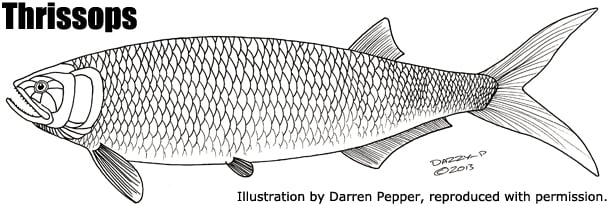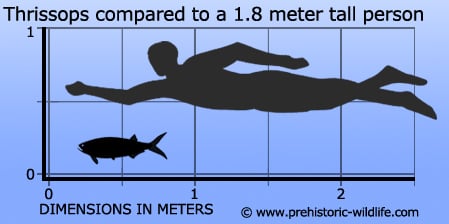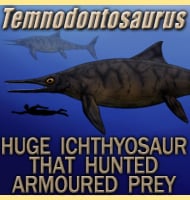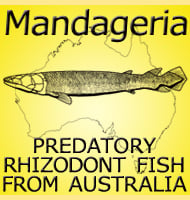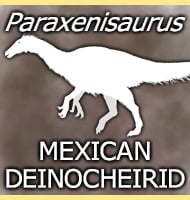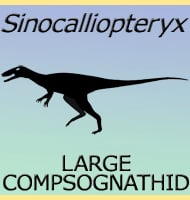In Depth
A smaller relative of the fearsome Xiphactinus, Thrissops would have still been a fearsome predator of smaller fish. The tail is deeply forked with the upper and lower lobes roughly equal in proportion to one another, a clear sign that the tail was capable of tremendous bursts of speed. It’s possible that Thrissops mostly initiated sudden bursts forward when closing in on a prey item, such as a single fish that had broken away from a shoal of prey that an individual and possibly other Thrissops were harassing.
Further Reading
- The fossil fishes of the English Wealden and Purbeck Formations, Part III - A. S. Woodward - 1919.
